This article has been contributed by Tim Backes.
Whether or not you believe that 2020 has marked the start of a new decade, we can all agree that most businesses (and individuals) are treating it as a pivotal year, especially as COVID-19 makes its way around the world.

Or it might have something to do with the symmetry of the numbers, or the sheer fact that we are now 20 years into the two-thousands.
Whatever the case may be, when these monumental years roll around, brands tend to go all out and try to outdo each other in terms of advertising, coming up with even more elaborate campaigns than usual.
However – sometimes you don’t need to go viral and be the talk of the town to be successful.
In the sphere of digital marketing, there are plenty of tactics that are already working well this year. Some of them have been around for a while, while others are just emerging as trends.
Let’s explore what some of them are and take a look at some enlightening examples.
1. Artificial Intelligence
Gartner predicted that AI technologies would be pervasive by 2020.
And in truth, AI-powered tech is already being used by a lot of major companies to handle tasks ranging from crime prevention to process automation.
When it comes to digital marketing, artificial intelligence can be deployed in a number of ways: customer service, product recommendations, personalized communication, even content creation. And that’s not mentioning some of its more complex and sci-fi-like capabilities, like natural language processing, deep learning, predictive analysis, or data set analysis.
Image source: medium.com
Realizing how farfetched AI can still seem, here are a couple of real-world examples to help illustrate their power:
- Chase Bank has teamed up with Persado, who very successfully use AI to craft marketing creative. In simpler terms, they use machine learning to craft better copy, and paradoxically, make marketing campaigns more human. And it works.
- Unilever has used global AI data centers to uncover the trend of ice cream for breakfast – which has led to the creation of cereal-flavored Ben & Jerry’s. Which is great, by the way.
2. Data (Big and Small)
Whereas digital marketers were previously forced to rely more on their guts and hunches than actual cold hard data, the emergence of big data has made it possible to craft campaigns based on large data sets alone.
When you have unique access to information regarding customer purchases, preferences, and dislikes, it’s much easier to create a personalized shopping experience. However, the challenge faced by marketers today is not so much compiling, but rather analyzing said data and drawing workable conclusions from it.
A brand that has truly managed to harness big data to their advantage is Netflix, who will recommend you shows and movies based on what you have previously watched, added to your list, or searched for.
3. Chat Options
Chatbots are nothing new in the world of digital marketing, yet they still work amazingly well.
They can be more or less sophisticated, and more or less annoying (if they keep popping up while you are trying to browse). But the simple fact is that they streamline communication, allow you to get in touch with a brand more easily, and let the brand harness all sorts of benefits.
Chatbots can not only help solve simple problems, enhancing customer service experiences, but they are also a great source of data, which can later be used to boost your marketing even further.
Even the simplest of chat applications that are nowhere near as smart can help a brand reach a customer more easily and vice versa. Take the example of Bay Alarm Medical, who gather the most important data via their live chat app, letting them make any further communication with a customer faster and more streamlined.
Image source: baylarmmedical.com
4. Video Marketing
Video marketing is certainly one of the most important trends to utilize today. When you know that 72% of brands claim video has improved their conversion rates, you know the tactic is working.
Customers also prefer to learn about a product through video rather than text, and if your page has a video included, it is 50 times more likely to drive organic traffic.
Image source: impactbnd.com
While video is certainly more challenging to produce than text, it can be outsourced and it can be a more fun campaign to work on than typing out thousands of words a day (not that we’re complaining; after all, you are reading this).
And while text will certainly never die, no matter what video fans are claiming, reaching for video marketing should be something you consider as you go forward.
InFlow has done a great job of showcasing their product through videos on their YouTube channel and offering plenty of guidance to users on how to get the most out of their product. At no point does their message come off as salesy or pushy.
5. Visual Marketing
As visual search becomes more and more prominent, brands that don’t take advantage of showcasing their product via detailed, quality, and informative images are certainly missing the boat.
eCommerce stores have been featuring images of their products for years – yet still, some are not doing that good of a job, and you can’t really see anything about the product. Especially if you can’t even zoom in. Not even eCommerce giant Amazon gets it right every time.
A good example of using images to display a product can be seen at Gili Sports, who offer several images for each of their product, and have also made sure you can see the most prominent feature of each paddleboard, like the handle and the fin. Their colors are also true to life and show customers exactly what to expect.
Image source: gilisports.com
6. Voice Search
Voice search is said to only get bigger in 2020 – as 50% of all searches are expected to be made via voice.
As Siri and Alexa get even smarter and make fewer mistakes when searching via voice, brands should expect to be found via spoken commands as well.
This doesn’t mean you need to start producing audio content (although that wouldn’t be a bad idea either), but you do need to optimize your pages differently: think more conversational tones, featured snippets, and keywords people are more likely to speak than type.
Image source: shortyawards.com
There is more you can do with voice, too. For example:
- Domino’s have made it possible to order a pizza without dialing the phone or placing an online order
- PayPal has teamed up with Siri to allow her users to send money more easily.
7. Interactive Content
Interactive content has been growing fast in the past several years, and it seems to still be popular, although it is slowly moving from text to other forms.
Examples of interactive content that work well include quizzes, polls, calculators, 360-videos and images, and so on. Just think of the number of quizzes you’ve taken on Buzzstream or the joy you felt when you realized you’re not a Slytherin after all.
Of course, interactive content can be used for other purposes than just sheer fun. Here’s LFA Capsule Fillers, who have designed a quiz to help you figure out the right capsule filler for your own personal needs.
Image source: lfacapsulefillers.com
Not only is it interactive, but it is also informative and provides genuine value to the customer. And we all know value is what sells products when it comes down to the wire.
8. Comparisons and Reviews
Today’s market (any market) is simply teeming with products and choices. This abundance can very effectively lead to choice paralysis, leaving a customer completely unsure of what they need and what they were looking for in the first place. When you’re faced with hundreds of products that promise to do the exact same thing, or are simply not sure what kind of product you need, even trusting an ad can be a challenge.
This is where comparison posts and reviews of specific products come to the rescue. True, they’re most often done by third parties (just think of all those affiliate websites out there), but there is no reason why a brand couldn’t leverage them to their advantage.
Here is a post by EachNight that answers a question most shoppers are likely to have, and again, provides real value to visitors, even if they don’t end up buying one of their mattresses. Answering common customer questions like this can be an excellent way to pop up on their radar, as well as to establish trust and expertise.
9. Ephemeral Content
Or social media Stories, in other words.
When Snapchat came up with the concept, little did we know it would become so popular. We now have them on Instagram, Facebook and Youtube as well.
The thing that makes Stories so appealing is their ephemeral nature: they will disappear after a certain period of time, never to be seen again, which plays very well into people’s fear of missing out and wanting to keep up with the people and brands they follow.
Image source: dribbble.com
Stories are a great way to keep in touch with younger audiences, to increase brand awareness and boost engagement, and they are also a cost-effective way to market your product or service.
Brands that have taken to social media Stories well include:
- NASA, perhaps surprisingly, who provide wonderful images, do very cool polls, and add in a plethora of fun facts and other information
- Nike, who feature interviews with prominent athletes who use their products and thus attract a large following; and of course
- Instagram themselves, who almost exclusively focus on user-generated content by sharing their users’ videos and photos.
10. Shoppable Posts
With social media being as popular as it is, it has only been a matter of time before brands and social media platforms teamed up and helped each other out.
The Swipe Up has been a way to direct traffic to sales pages for a while, and it has proven to be an amazing way to generate visits. Today, we have things like Instagram Checkout, where you can complete a purchase while you are still browsing.
Companies like the beauty brand Colourpop have taken this on, allowing their followers to use the option, much to their advantage.
Image source: instagram.com
The beauty of it is that there is less risk of cart abandonment because a shopper is no longer required to log into a different account, remember a set of passwords, and simply get fed up with the process.
11. Omni- (or Multi-) Channel Marketing
Finally, there’s the question of where you want to be using all of these digital marketing tactics that are going to be so very popular in 2020.
The answer lies in multi- or omni-channel marketing.
While multi-channel marketing focuses on using several different channels to reach an audience, like social, mobile, direct mail and so on, omni-channel marketing focuses on delivering the same, consistent and personalized message to customers no matter what device or channel they use. The focus is thus placed on the customer, rather than on the channel itself.
The clear benefit of marketing across more than one platform is that you have more than one touchpoint with a (potential) customer, and have more than one chance to make a positive impression and get your message across.
It allows for better personalization, and it is more complex than marketing across multiple channels, so it requires a lot of thought and data to be poured into it.
However, as engagement rates, retention rates, and purchase frequency all increase with omni-channel marketing, it can be worth your while to look into it.
Final thoughts
All of the digital marketing tactics listed above can, like most online facets, be used either for good or for evil.
Well, not exactly good or evil, but they can all certainly work either exceptionally well or not at all.
As with any other digital marketing tactic, the key lies in aligning it with your brand message, your target audience, your budget, and your goals. Only then can you hope for it to work for you as it has worked for others.
_
About the author: Timothy Backes grows businesses online. He has bought, built and sold online businesses and worked with hundreds of websites.
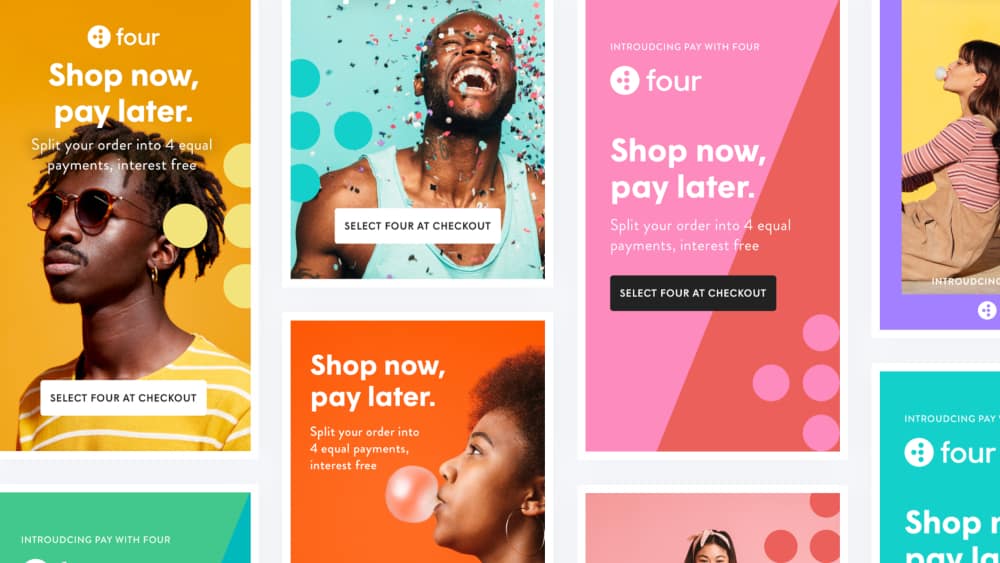
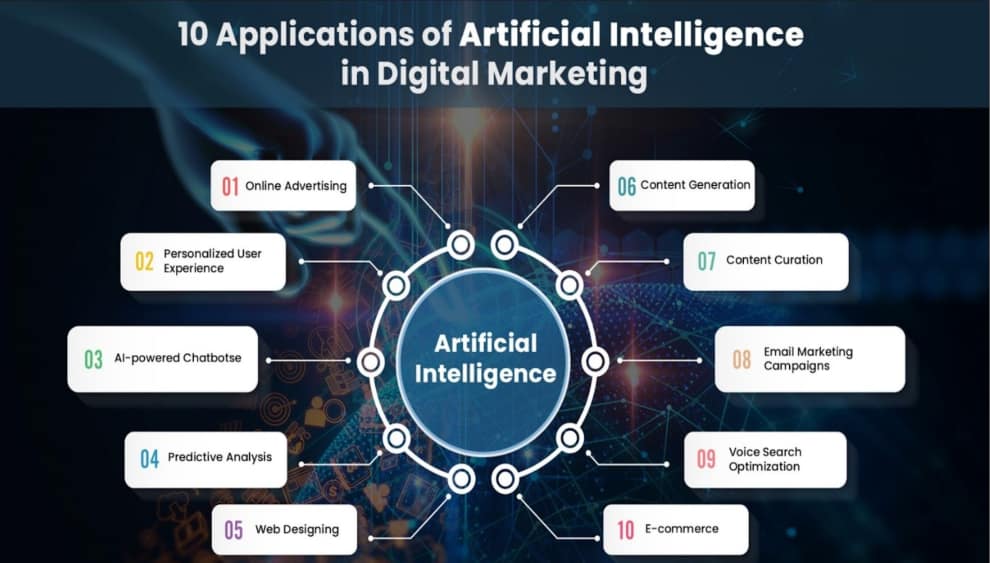
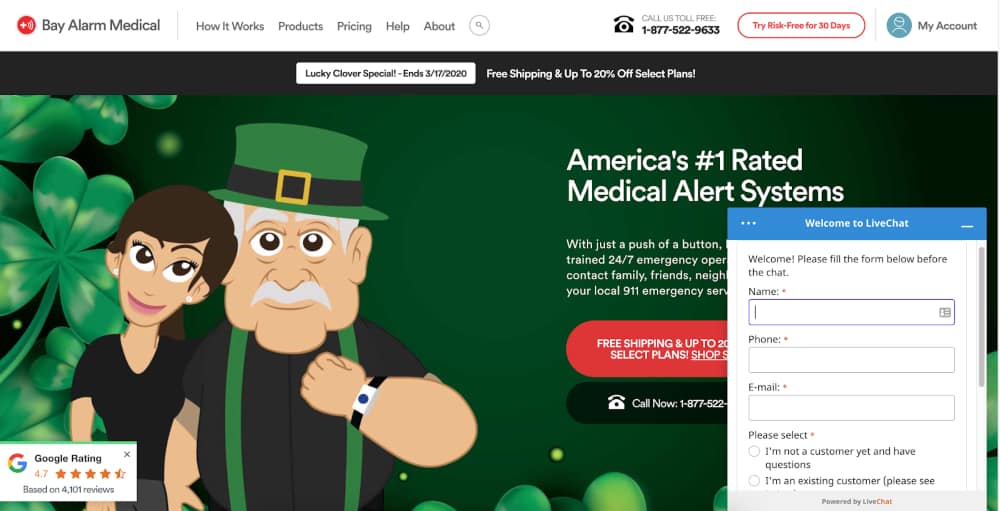
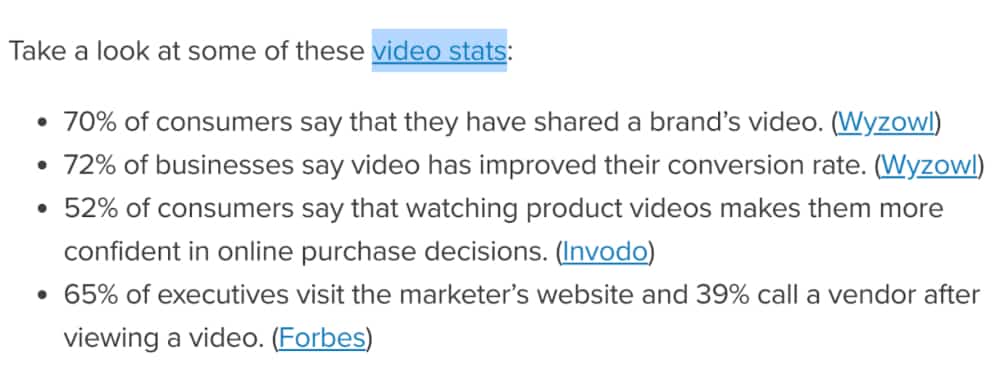




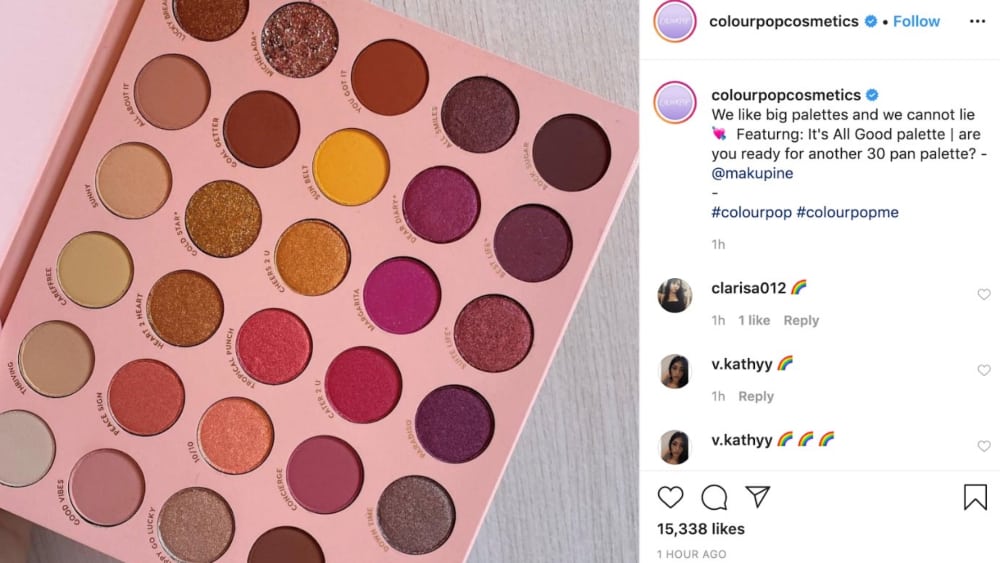
Oh, Jacob. It’s a great guide on Digital Marketing 2020. Most of us still think AI will not affect Digital Marketing. But in reality, It does not. Artificial Intelligence will be definitely going to change digital marketing in the coming years.
Thanks & Regards
Aria Mathew
Hey Jacob,
It is just Fantastic! You have listed the realistic changes which we are facing every day. In some cases, even some of us have undergone a plethora of tactics. As you said revolution on each fact brings the improvement and not the slowdown.
Thanks!!
Very welcome, Sai!
Thanks for this detailed post, Jacob. Wonderful work. While reading every point, it just me an insight to incorporate such works on my blog. Choosing the best tools and using it in a trendy way is the only scope to reach our targeted audience.